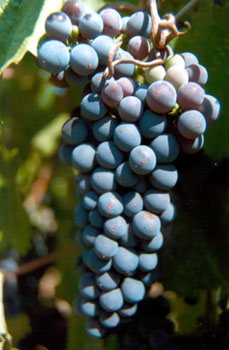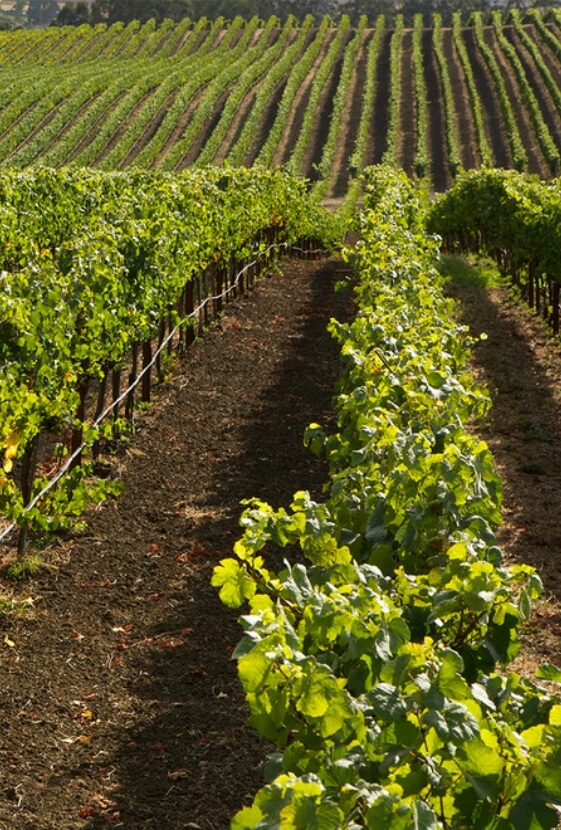
Grape Glossary
Petit Verdot contributes color, structure, fragrance and fruit density, though it lacks finesse. On its own, in warmer climates such as that of central California, it yields a dark, firmly structured, tannic wine of good acidic balance.
The vine thrives in deep gravel soils that are warmer than the clay soils of the Bordeaux’s right bank. In the Médoc, where Petit Verdot is one of the classic ingredients in the red Bordeaux blend, the vine nevertheless accounts for less than 10 percent of existing plantings. It ripens extremely late, after Cabernet Sauvignon, and in cool years is irregular or may not ripen at all. Wet growing seasons negatively impact the vine. Hardy but not prolific, the Petit Verdot vine produces small, round, thick skinned berries that are intense blue-black in color and high in tannin, alcohol, acidity and phenolics.
Petit Verdot is thought to be native to western Bordeaux; it was around long before the emergence of Cabernet Sauvignon.

